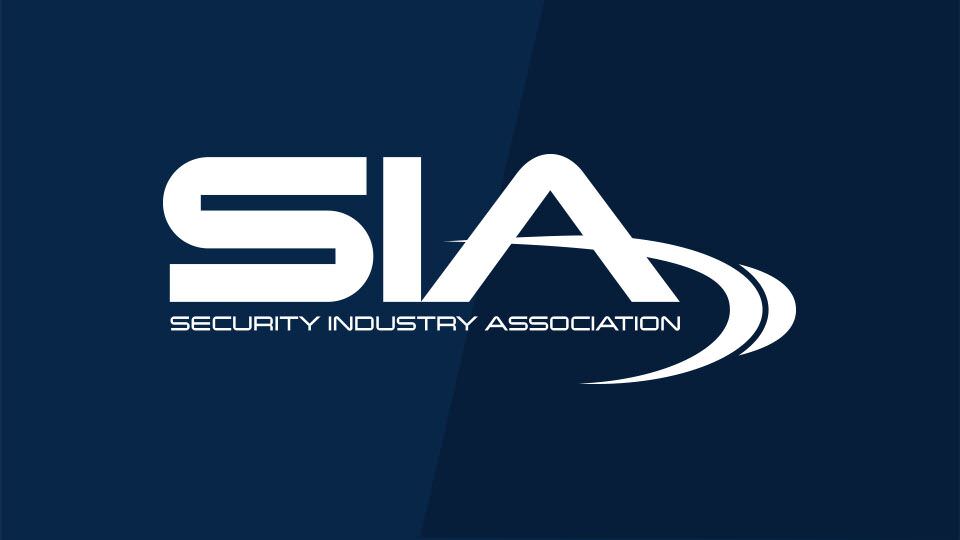Your Ideal Prospect

What does your ideal prospect look like?
Not long ago, I was at a happy hour with some friends. Sara, one of my colleagues, was there, and she joined us for a little while. She was engaged in a conversation with my friend Jacob about his love life.
Sara asked Jacob the question we all get: “What are you looking for in a woman?”
His answer surprised and impressed both Sara and me: “The first thing is that she likes me.”
Most of us, men and women, typically answer that question with small talk like “a sense of humor” or “intelligence.” He actually put some thought into it, and explained, “If she is not into me, why would I invest time with her?”
Jacob provides a great lesson for sales professionals.
Most salespeople answer the question, “Who are your targeted accounts?” with something like “the Midwest region” or “the healthcare vertical market.” But these aren’t targets, and they haven’t been given any more thought than the person saying their soulmate is “compassionate.” Integrators should work harder to identify their ideal target.
If you haven’t defined your ideal client, you’re wasting a large portion of your prospecting time. It’s likely that these prospects will fall within a geography or vertical market, but you need to get deeper. How many employees do they have? Do they outsource IT (huge for those selling hosted and managed services)? Do they use a certain type of board for their access control?
If you haven’t done so already, take 15 minutes and write down as many descriptors as possible for your ideal prospect. Then, take about 15 minutes to narrow the list to five to eight descriptors.
Now that you know who is ideal, you don’t have to waste your time with everyone else.
 Chris Peterson is principal and consultant at Vector Firm. He can be reached at cpeterson@vectorfirm.com. For more information, visit his website at http://www.vectorfirm.com.
Chris Peterson is principal and consultant at Vector Firm. He can be reached at cpeterson@vectorfirm.com. For more information, visit his website at http://www.vectorfirm.com.
The views and opinions expressed in guest posts and/or profiles are those of the authors or sources and do not necessarily reflect the official policy or position of the Security Industry Association (SIA).
